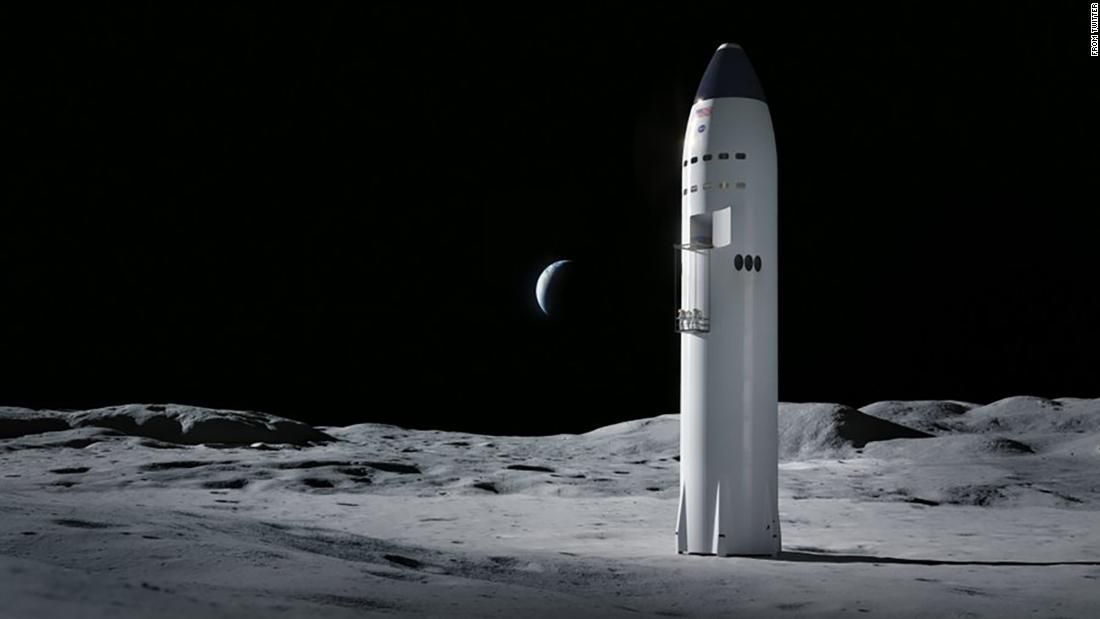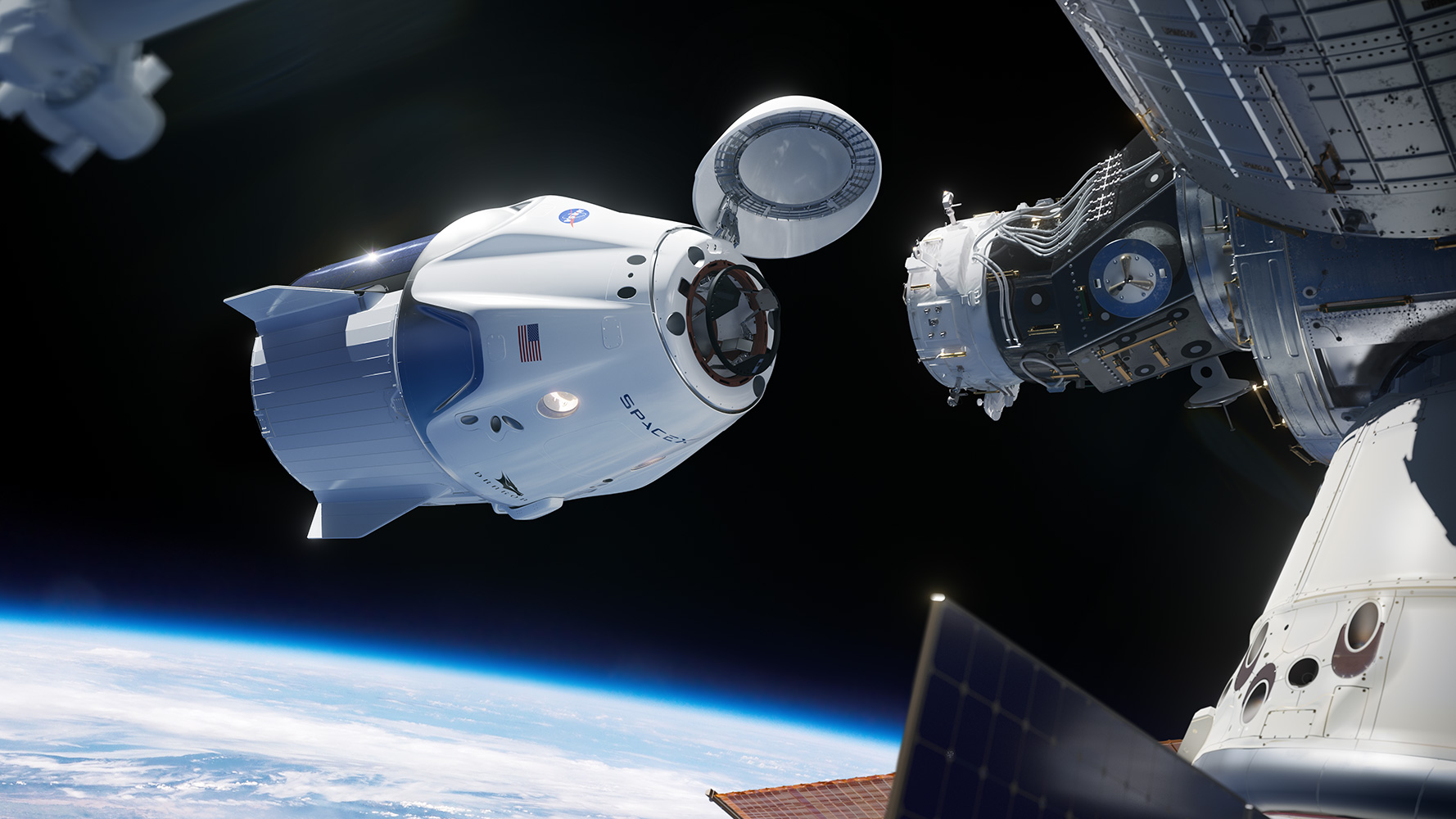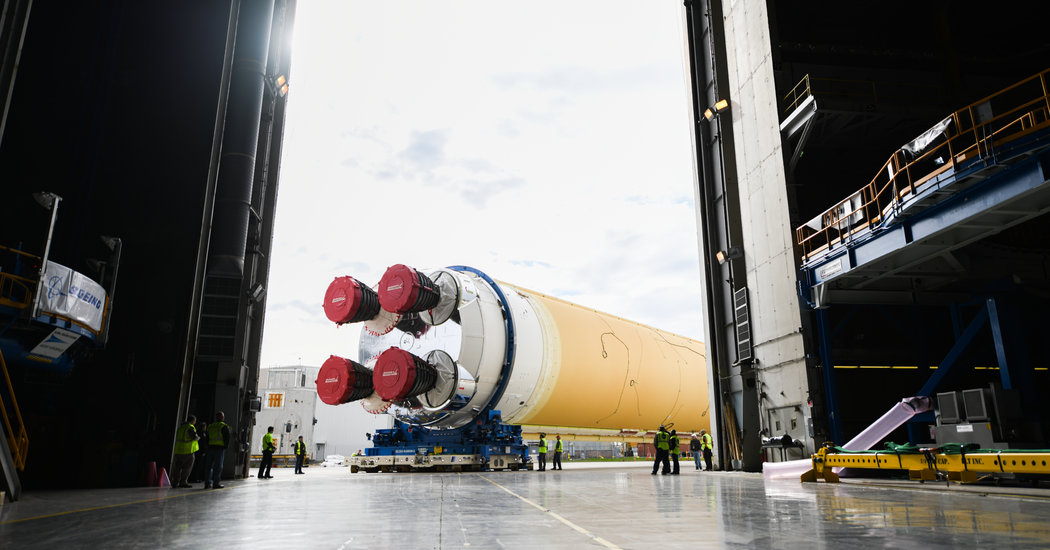NASA eyes moon landing in 2024 with help from SpaceX, Blue Origin and Dynetics

A few minutes every morning is all you need.
Stay up to date on the world's Headlines and Human Stories. It's fun, it's factual, it's fluff-free.
In late April, NASA gave three American companies – SpaceX, Blue Origin and Dynetics – the rights to develop lunar landers for manned moon missions scheduled for 2024. In total, the contracts are worth nearly US$1 billion.
Specifically, Blue Origin, an aerospace company owned by Amazon’s Jeff Bezos, secured the most funding out of the deal at US$579 million. Dynetics, a company known for its contracts with the US Department of Defense, won a contract worth $253 million and SpaceX, owned by Tesla’s Elon Musk, is set to receive US$135 million.

According to NASA Administrator Jim Bridenstine, these three contracts will afford the mission, internally known as the Artemis program, a greater chance of success.
“This is the first time since the Apollo era that NASA has direct funding for a human landing system, and now we have companies on contract to do the work for the Artemis program,” Bridenstine said during the announcement of the contracts.
In Greek mythology, Artemis is the god of the moon, and twin sister to Apollo.
Sustainable exploration
Instead of just landing humans on the moon for a short period of time and then returning, the Artemis program hopes to lay the groundwork for long-term visits to the celestial body.
By 2028, NASA hopes to establish “sustainable exploration,” and later hopes that these new moon bases can be a launching pad for human exploration to Mars. According to NASA, the lunar landers are an essential aspect of the program, as they will be the devices that actually take humans to the moon’s surface.
As for specifics regarding the sustainability of manned missions to the moon, NASA hopes to set up the Artemis Base Camp near the landing site, which will be located at the moon’s South Pole. Eventually, NASA expects crews to move into one to two-month stays at the location, where scientists can further study the moon and the universe at large.
As a part of the base camp infrastructure, NASA is looking to set up communications and power systems, radiation shielding, a landing pad and waste disposal and storage areas. In the long term, it is expected that the infrastructure will be built upon by successive generations to strengthen and grow the human presence on the moon.
Fast track

According to NASA, the development of spaceflight technology typically takes around 6 to 8 years to complete. But with less than 5 years to get humans back to the moon given the current timeline, a part of NASA’s rationale of utilizing private industry seems to be partly based on the need to complete the project as soon as possible.
“The private sector was eager to provide us feedback throughout this process, and we received more than 1,150 comments on the draft solicitations issued over the summer,” said Marshall Smith, director of the Human Lunar Exploration Program at NASA.
At first, NASA had 116 special contract requirements that companies needed to agree to in order to be considered for a contract, such as stipulation that the landers be refuelable, meaning that they could be refueled during missions. After industry leaders balked at some of the provisions, the list was eventually reduced to 37 requirements.
“They were absolutely right,” said Lisa Watson-Morgan, the Human Landing System program manager at NASA’s Marshall Spaceflight Center in Huntsville, Alabama.
“We are operating on a timeline that requires us to be flexible to encourage innovation and alternate approaches. We still welcome the option to refuel the landing system, but we removed it as a requirement.”
“Any means necessary”
The Trump administration has made space a government priority, even as it proposes cuts to other science and research budgets for 2021. If the Trump administration gets its proposed budget passed by Congress later this year, NASA would receive a 12% budget increase from the previous year, a total of US$25.2 billion.
On February 19, 2020, Vice President Mike Pence told NASA employees in Virginia that the Trump administration would continue to prioritize the future of American space innovation.
“The president has made it clear that we’re going to accomplish this goal by any means necessary," Pence said, referring to the plan to get astronauts back to the moon. While some observers have praised Trump’s focus on space funding, others have argued that the drive to get astronauts back on the moon is a part of his administration’s attempt to push a narrative of American exceptionalism.
“Tomorrow will represent 50 years from the time we planted a beautiful American flag on the moon,” President Trump said during official remarks on the 50th anniversary of the Apollo moon landing. “And, you know, one of the things: We’re bringing the glamour back to it because it lost the glamour,” he continued, referring to the space program.
[article_ad]
Have a tip or story? Get in touch with our reporters here!
Sign up for daily news briefs from The Millennial Source here!




Comments ()